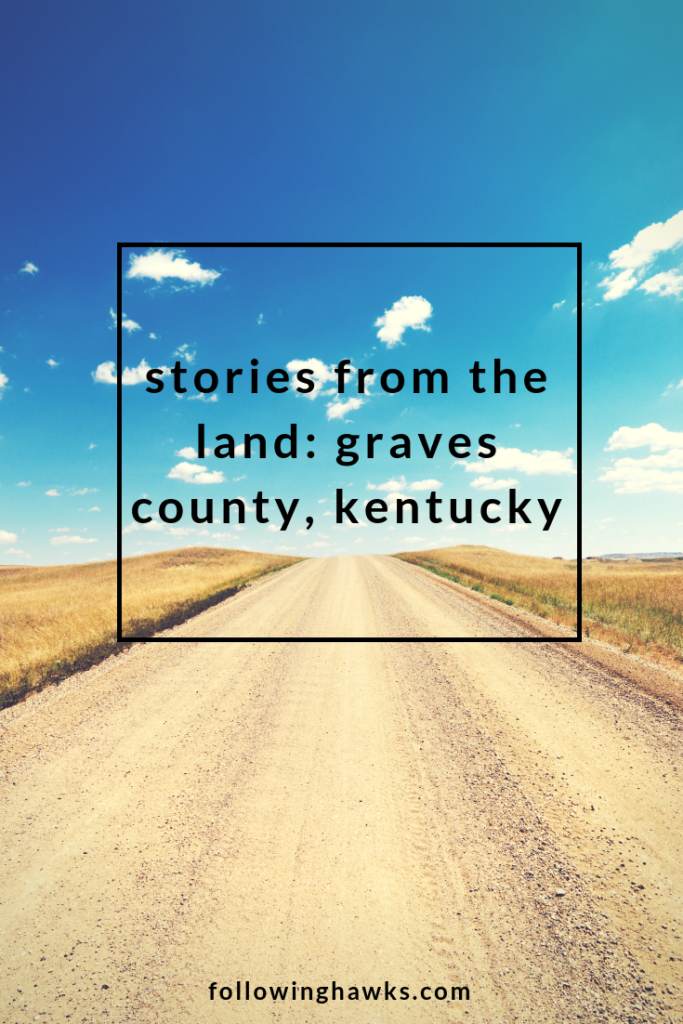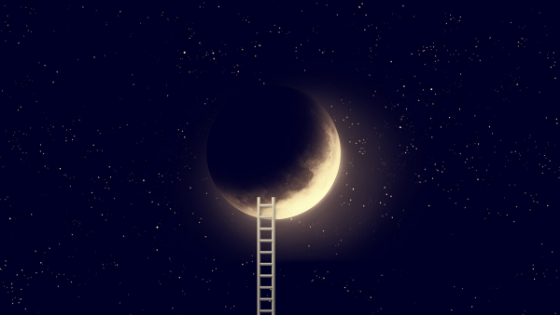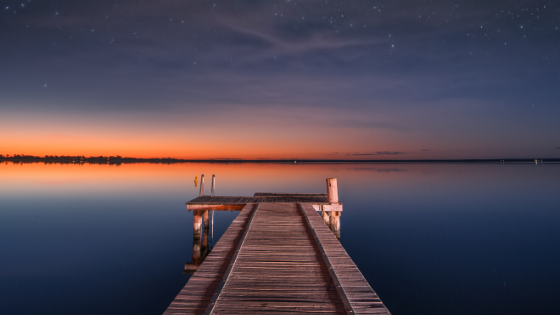I have to say…I wasn't really sure how to go about starting this project – telling stories from the spirits of the land. I figured it would make sense at some point but I had a good laugh when I realized how the pieces fell into place. So many of you sent me emails suggesting properties in locations all over the US and a few destinations overseas. As I was reading through them earlier this week, one area had multiple suggestions.
Kentucky.
Yep…Kentucky (and northern Tennessee, which apparently was originally part of Kentucky, and really….the spirits don't care about things like state lines anyway). Three locations within a few hundred miles of each other were all suggested and I thought hmm…maybe I need to take a closer look at this.
And then it popped into my head out of nowhere (which is usually code for spirit!) that I have ancestors on my dad's side of the family who were in Kentucky. He even went there years ago for some genealogy research with another family member. But I couldn't remember any details about this part of the family, except that it was the Lamm's (my maiden name) and that they owned quite a bit of land there at some point.
And then my head exploded.
Okay, not really but it felt like it did. Here I am asking for suggestions for properties that I have no connection to in order to tell stories from the land and where do the spirits send me to start? With ancestral land. Yep.
I gave my dad a call to see what information he could recall about the family in Kentucky. That's not something I typically have the luxury of knowing before most property readings I do, but I thought there might be more layers to this story and wanted to know if there was something I should know about our family in Kentucky before I did the reading.
He told me the story of James Lamm, who immigrated with his wife and five children from North Carolina, through the Cumberland Gap, to Graves County, Kentucky in 1829 when he was appointed as Postmaster in the area. However, none of the research had uncovered how, exactly, he received this appointment or the 200 acre land grant.
What's funny is that my dad hadn't thought about this research for years but that his cousin had told him before she passed away that she thought it was his responsibility to continue this family research and get to the bottom of some of these stories. Was this just her tapping me on the shoulder to remind him of the project? Or did she want me to figure it out? And what did this have to do with the spirits of the land in that area??
With that bit of information, and a bunch of questions, I sat down a few days later to see what I could find out.
I'm not accustomed to talking to people much in my readings. It's typically trees and bugs and animals and the occasional mythic creature. So it didn't surprise me when a cow first appeared to talk with me about the land in Kentucky, but then the cow quickly deferred to my ancestor, James.
He was very pleasant and soft-spoken. When I asked about his journey to Kentucky, he said that he had been a very ambitious and adventurous man and was looking to make a name for himself (even though he wasn't a young man when he made this move). He told me that his mother had a friend who was very well connected who helped him to get the Postmaster appointment.
This man had always really liked his mother and wanted to do her a favor. Or perhaps he owed her a favor. Regardless, that's all the story I was able to get on that subject.
After arriving in Kentucky, James realized how exposed and vulnerable he and his family really were. There were still some native tribes in the area and they were not fond of the new settlers arriving in the area.
James explained to me that his concern was just to protect his family.
After chatting with James, I looked up the history of the native tribes in Western Kentucky. There were three tribes predominantly in the area: Cherokee, Chickasaw and Shawnee. Andrew Jackson had run on a platform of Indian removal in 1828, James and his family arrived in Graves County in 1829, and Congress passed the Indian Removal Act in 1830 requiring the native tribes to give up their lands east of the Mississippi River and move west.
So there certainly would have been a lot of uncertainty and unrest happening in the area at this time. It seems that many of the indigenous people split into two camps at that time: assimilate or move. And by assimilate, that typically meant that children were removed from their families at a young age and sent to “Indian Schools” to be educated by white people and disconnected from their culture.
I asked James if he had any feelings about settling an area that was effectively already settled, forcing people who had lived in the area for generations off their land. But it was clear to me that the settlers had a very different idea of “land use” than the indigenous tribes.
His general feeling was that the tribes hadn't actually “settled” the area and that it was his patriotic duty to help settle the west.
But I don't get the impression it was so cut and dry once he was living there. He repeated to me more than once: “My children, I needed to protect my children” and said that it was very difficult for many years.
It's important that we pause and discuss this for a moment. Why are we veering into U.S. history instead of talking about spirits of the land (which we'll get to, I promise)??
Because it's all connected.
I have had a few experiences in the past week that remind me that my primary skill is in sensing energy, rather than seeing or hearing for instance. It's not that I don't also see and hear energy, but I tend to just sense or “know” that something has been communicated to me, which sometimes makes it difficult for me to express it in words. Because I'm not regurgitating or repeating something specific that I was told, I'm never quite sure how to convey these feelings into words that can be understood in the same way.
So when I do property readings, I often connect with the native tribes that were originally present in the area. I feel their panic and terror and sometimes can see that they have been stuck in a loop, repeating the painful memories of being separated from their land and their family. This is just one of many types of energies stuck in the land and continuing to play out today.
I feel it, I know it and it's obvious to me. So I hope I'm doing a decent job of expressing the importance of healing it when I write about it here.
Whether we know it or not, we are sensitive to this energy and we can see it playing out in our country still today between those perceived to have the power and a long list of marginalized groups of people. This is one of the reasons ancestral healing is needed.
I can't just let James off the hook for having a “difference of opinion” on what settlement meant. What I (and we all) have to understand is that these beliefs have been handed down by our ancestors and are woven into the fabric of our bodies and until we do the work to heal it, in the land and in ourselves, we cannot repair what we see happening in our world now.
We cannot mistake a dead person for a healthy and useful ancestor.
And we can no longer plead ignorance of the issue. If we want to stop the cycle of pain and trauma to the land and to future generations, we need to do the healing work to ensure that we will be helpful ancestors.
As it turns out, the universe did me a solid and delivered the perfect blog post to me this morning by Kelley Harrell at Soul Intent Arts who shared her thoughts on #metoo, Animism and Ancestral Trauma. It not only talks deeper about how we have come to this place in our collective history, but concludes with some specific suggestions on how we can begin this healing work.
It's not a long read and I highly suggest that you check in out, in context with this story and any future stories I share from the land: #metoo, Animism and Ancestral Trauma
As Kelley says: Someone must tend the relationship between humans and Nature Spirits. Someone must be an intentional custodian of the land. When no one holds that role, when human and land are not able to be actively aware as One, both the Nature Spirits and humans suffer. The land is us. When we harm each other, we violate our human-land relationship and the land suffers. When we allow the land to be hurt, we are likewise violated. With that connection disrupted, we are vulnerable to further violence.
Go. Read it. I'll be here when you get back….
So with all of that backstory, let me tell you about the actual energy work the land asked for.
First of all, the area I was focused on is a tiny town called Lowes, Kentucky. It's probably a bit of a reach to call it a town. The last census counted 98 residents, although there is a school, a tiny post office and a shop or two. As far as I can tell, it's a triangle of land at the intersection of three main roads in rural western Kentucky.
The Lamm family was in the area before the Lowe's so my dad had wondered why a more formal town hadn't been established by the Lamm's first. In my reading, James took credit for picking the Lowes name for the town. He said that this was someone that the community wanted to honor, who deserved their respect.
And then he said that he didn't want the attention. Ha!
The spirits of the land finally came forward and said that the land there is quiet, now. Just the way they like it. However, they showed me a vast energetic web within the soil in the area that had absorbed generations of human emotions and asked that the gunk be purged.
I could see the web and it was incredibly heavy and dark and stagnant. Like it was too full to absorb any additional energy. I was able to suck the sludge out of the ground and send it back to source to be cleansed and purified. The whole area had a bright glow about it and felt so much lighter after this work.
The spirits then showed me that there was a vortex at the intersection of the three roads. Hmm…Did the settlers know or sense this energy and build the roads to it and around it intentionally? More likely, the roads already existed as trails the native people in the area used and they were probably conscious of this vortex and gave it the space it needed to do its work there.
I was shown that the vortex was moving very slowly and was not functioning as it should. It asked for a blast of light to help get it moving again. I called in Archangel Michael (he's an expert at light-blasting!) who was able to get the vortex back to moving at full speed.
When this was done, I began getting wave after wave of chills through my body. I know this is a common experience for many that do energy work, but it doesn't happen to me very often. I asked what I was experiencing and the spirits there said “We did that to show our thanks!”
In that case, you are very welcome.
What an unexpected way to begin this project. I do plan to continue with the other properties suggested in Kentucky and Tennessee next, so hang around for those stories in the coming weeks. And feel free to continue suggesting properties who would like their stories told. I will let them decide in what order I should share them.
And of course, I can't possibly do all of this work by myself. Use Kelley's suggestions as a jumping off point to see where you can help with this work. And thanks to all of you who are also doing similar work with the spirits of the land. I hope that future generations are released from some of this trauma we are helping to heal.





